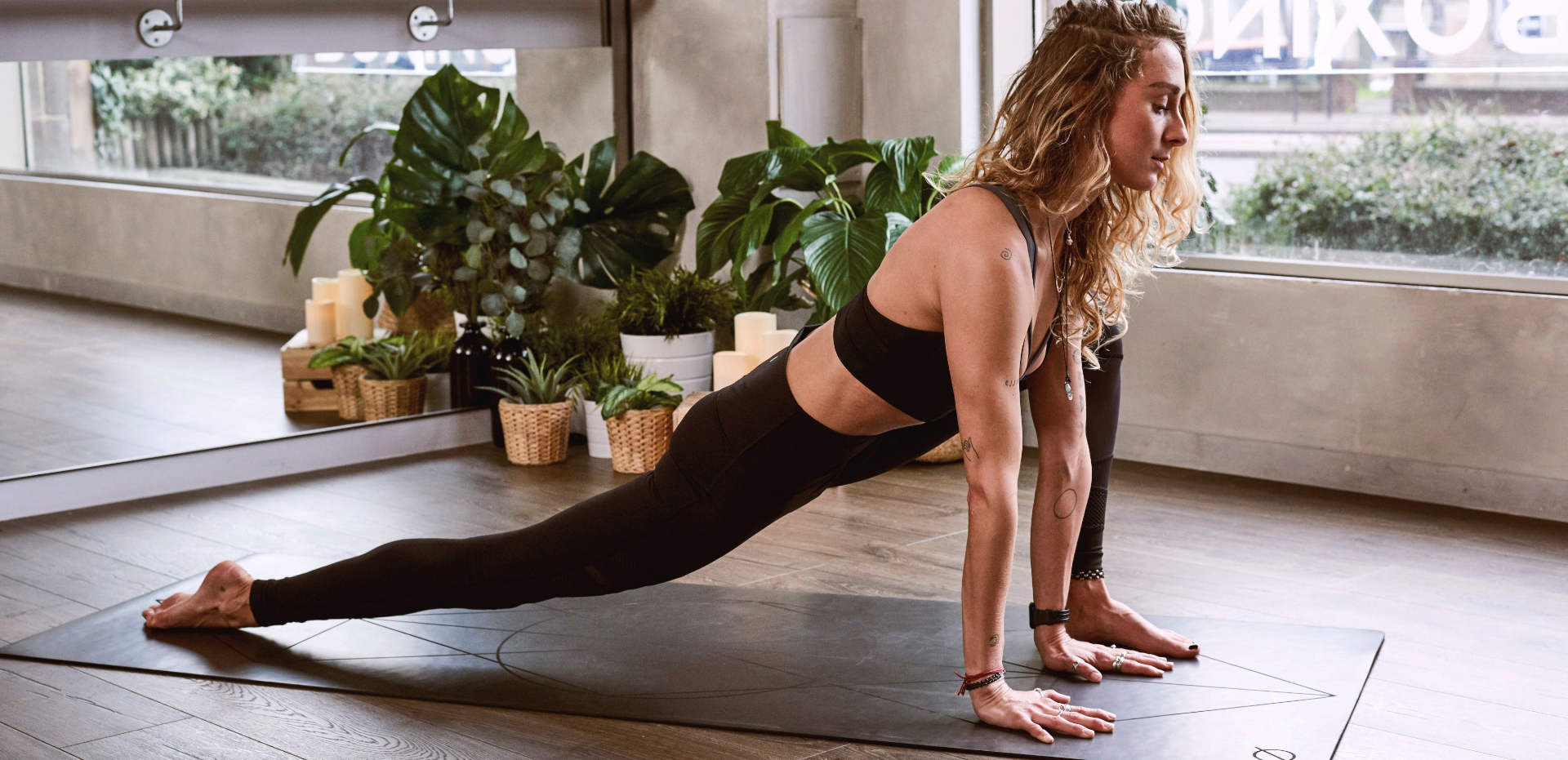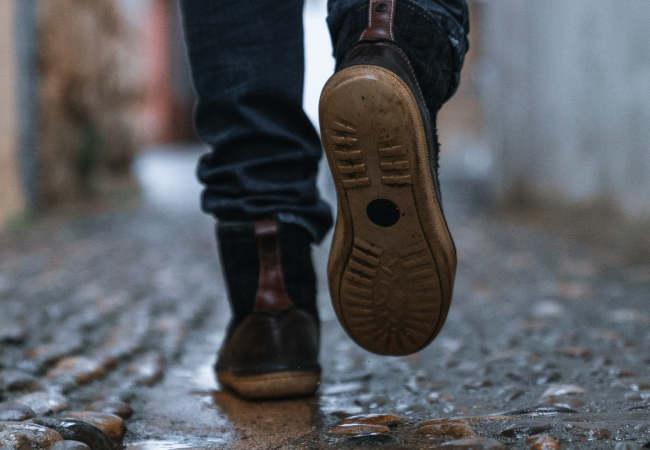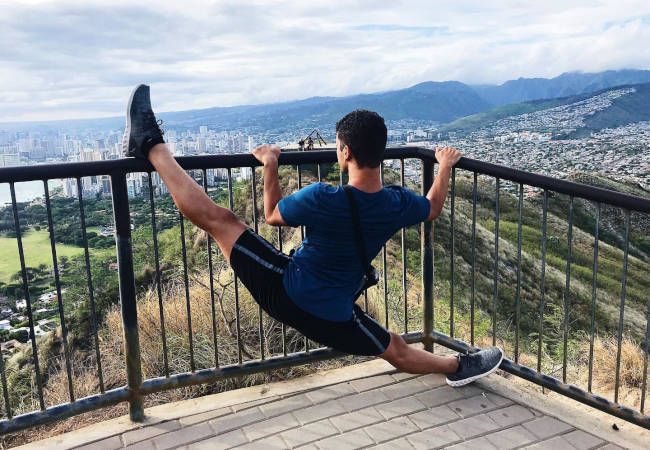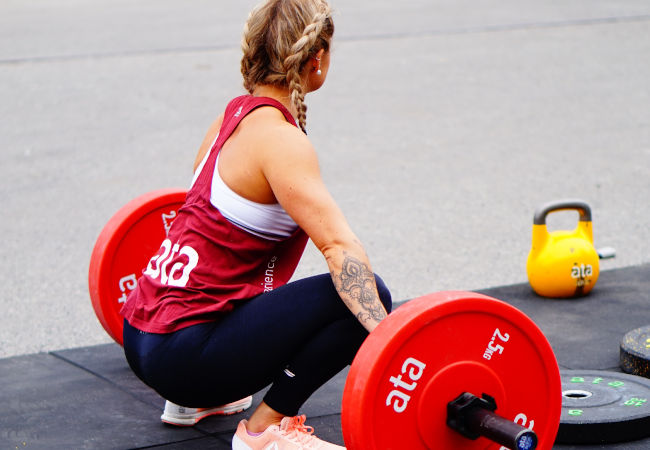Walking can be a very rewarding form of exercise if you do not want to go to the gym or if you do not have time for rigorous exercise sessions. However, it can also be your chosen method of moving from one place to another if you do not have a vehicle, want to save money, or want to reduce your carbon footprint.
If you decide to walk to work daily or if you are on your feet a lot during work, there are some tips that will definitely help make walking easier and safer. The following list of tips can act as a basic guide to help keep you and your feet happy.
1. Warm up and Stretch
One of the first mistakes amateurs make is not warming up their feet, ankles and legs before a walk. If you are planning on walking for more than ten minutes, then warming up before you begin your trek is crucial to ensure your muscles remain limber and you do not end up with cramps during your working hours or later on at night.
After you are done with your walk, simple stretches can make all the difference between you taking up walking as a means of transportation or hobby and ending up never choosing to walk to your job again. If you have no idea how to properly stretch your body after taking a walk, then you can look up different stretches online. One very common way to stretch your legs is to stand with one leg lunged forward with the back leg straight. Do this interchangeably between both legs a couple of times to warm up before your walk to and from work. These couple of minutes before and after any walking session will have your body thanking you later at night when your legs are not aching.

2. Avoid Swollen Feet
Swollen feet are a common effect of walking if you go for long-distance walks. Walking for more than an hour on a daily basis, not to mention the strain on your feet if your job requires constant movement, can lead to a pretty gruesome case of swollen feet. Luckily there are devices for swollen feet that can help you decrease swelling and avoid aches all day without having to resort to painkillers that can have side effects and will not tackle the core issue. Of course, you can also soak your legs in warm water to help decrease the swelling significantly or take hot baths with epsom salts, or even ice baths, which aid muscle recovery.

3. Get the Right Shoes
Having the right footwear is crucial if you do not want to end up injuring yourself while walking. While you will want to look professional at work, it is not wise to wear shoes that are not providing proper support for your feet while you are moving on them.
For example, walking in heels can be extremely tiring and will not only result in blisters but can also increase the risk of falling and breaking bones. Wearing proper and comfortable walking shoes can save you a ton of hurt and will ensure you can walk for longer distances without your feet screaming at you for a break.

4. Pay Attention to Your Surroundings
Paying attention to your surroundings is another great tip when it comes to walking. Sometimes your job may require you to walk around areas that you are unfamiliar with. If you do not know where you are heading, you may end up getting lost. Using a GPS app can be extremely helpful if you plan on walking to an area that is new to you. You should also try to pay attention to your surroundings when taking a new route to ensure that you remember it later on if you need a change of pace or scenery.
Walking can be quite therapeutic and sometimes you can get so focused on your walking that you do not pay attention to what’s around you. Having an app that tells you whether you are on the right track or drifting away from your destination can make a lot of difference in the walks you have to go on for work.

Using this set of guidelines, your walks to, from and for work will be a breeze. Not only will you be able to build up stamina and improve your fitness, but you will also reduce any side effects such as swollen feet or aching muscles. The most important thing to remember is to always take the necessary precautions to ensure your walks are safe.



















